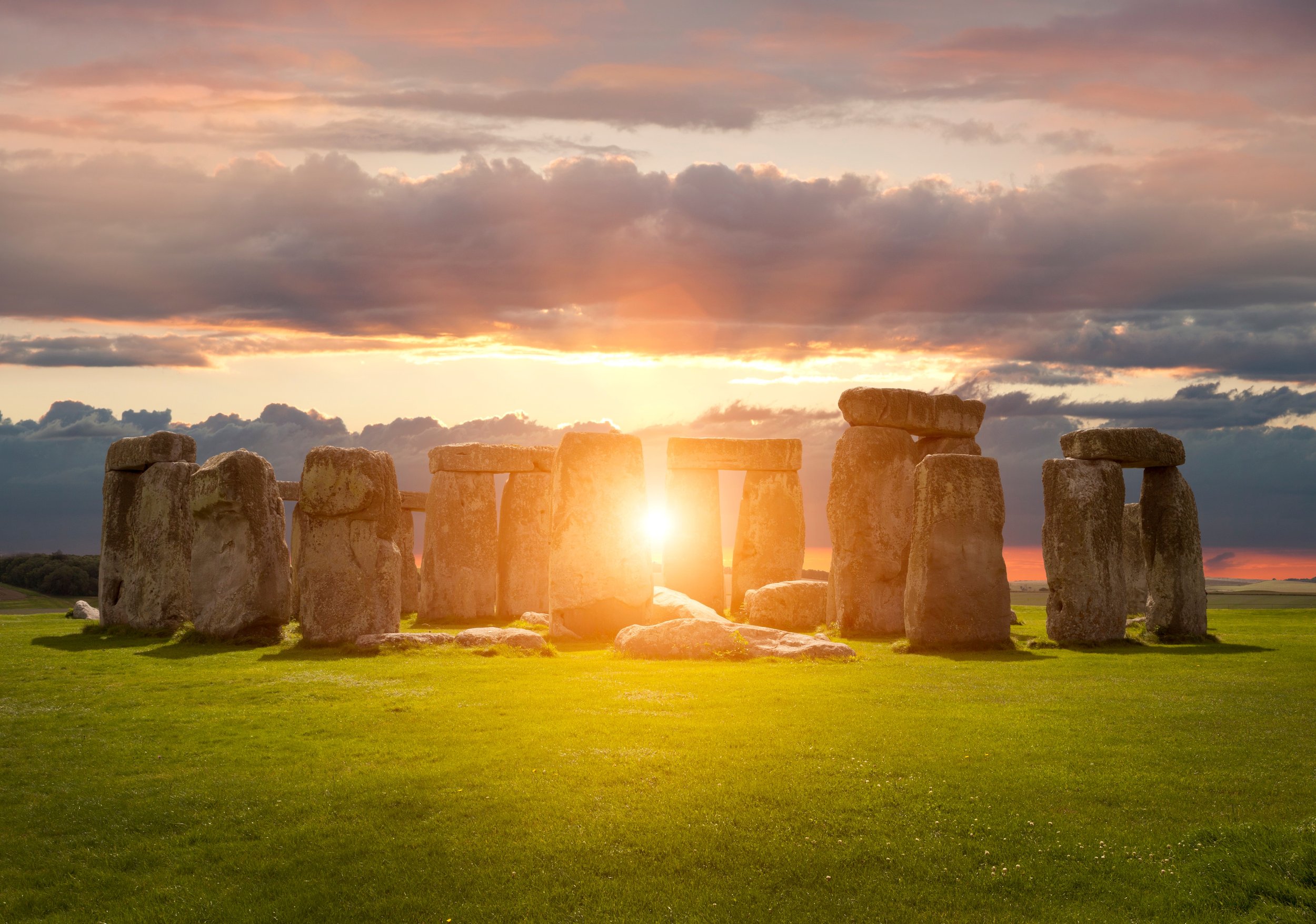
Summer Solstice in the Northern Hemisphere 10:13 am - 21 June
The Summer Solstice, the two moments during the year when the path of the Sun in the sky is farthest north in the Northern Hemisphere (June 20 or 21). At the summer solstice, the Sun travels the longest path through the sky, and that day therefore has the most daylight. When the summer solstice happens in the Northern Hemisphere, the North Pole is tilted about 23.4° (23°27´) toward the Sun. Because the Sun’s rays are shifted northward from the Equator by the same amount, the vertical noon rays are directly overhead at the Tropic of Cancer (23°27´ N). Six months later, the South Pole is inclined about 23.4° toward the Sun. On this day of the summer solstice in the Southern Hemisphere, the Sun’s vertical overhead rays progress to their southernmost position, the Tropic of Capricorn (23°27´ S).
Daylight Saving Time (DST) - Clocks Move Back - 31st October 2021
Daylight saving time 2021 in United Kingdom began at 01:00 on Sunday, 28 March and ends at 02:00 on Sunday, 31 October 2021.
British Summer Time, also known as Daylight Saving Time, was the idea of a builder from Kent called William Willett. Apparently, on his way home from riding his horse in Petts Wood in the early 1900s, he noticed many of the blinds and curtains in the neighbouring houses were still drawn, even though it was light. This led him to consider the idea of adapting the time to better fit daylight hours. Back then the clocks were set all year round to Greenwich Mean Time (GMT), meaning it was light by 3am and dark around 9pm in the summer.
Although he was not the first person to come up with this idea, he was definitely the most determined, using his own resources to finance a pamphlet outlining his idea for adapting to daylight hours during the summer. His original proposal was for the clocks to be put forward by 80 minutes in total, in four steps of 20 minutes each Sunday at 2am during April and turned back in the same way in September. He argued that this would mean longer daylight hours for recreation, improving health and also saving the country money in lighting costs. Which in this day and age, really does make sense.
